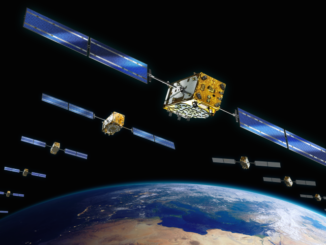
European Space Agency

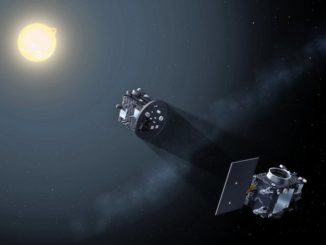
Pioneering ESA mission aims to create artificial solar eclipses
As skywatchers and scientists converge on a transcontinental band of totality for Monday’s solar eclipse in the United States, engineers in Europe are building a unique pair of satellites to create artificial eclipses lasting for hours — a feat that that could be a boon for solar physicists but will escape the view of Earth-bound spectators.
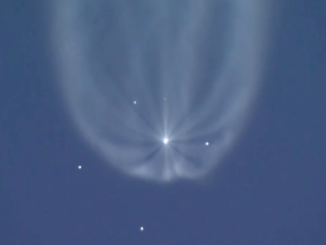
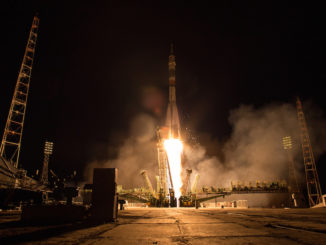
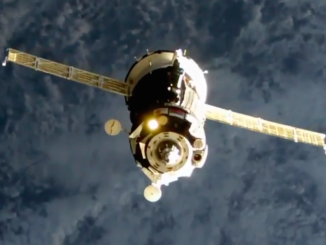
Live coverage: Veteran three-man crew docks with space station
Three fresh crew members lifted off at 1541 GMT (11:41 a.m. EDT) Friday on a six-hour trip to the International Space Station, riding a Soyuz spaceship from the Baikonur Cosmodrome in Kazakhstan. The trio hails from Russia, the United States and Italy and boosted the station’s crew back to a full complement of six. Docking occurred at 2154 GMT (5:54 p.m. EDT).
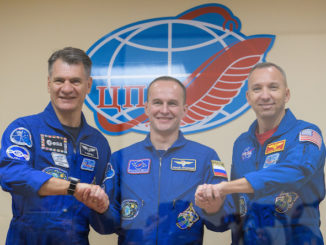
Soyuz crew set for Friday launch to space station
Launch of a Russian Soyuz spacecraft Friday carrying three fresh crew members to the International Space Station will boost the lab’s crew back to six and, most important from NASA’s perspective, dramatically boost research with four crew members — three NASA astronauts and a veteran European flier — available to operate experiments in the American segment of the laboratory.


Pioneering probe for gravitational wave observatory ends mission
The European Space Agency’s LISA Pathfinder spacecraft, now sailing around the sun on a trajectory away from Earth, was deactivated Tuesday after a nearly 18-month mission testing previously-untried lasers, vacuum enclosures, exotic gold-platinum cubes and micro-thrusters needed for a trio of gravitational wave observatories set for launch in the 2030s.

